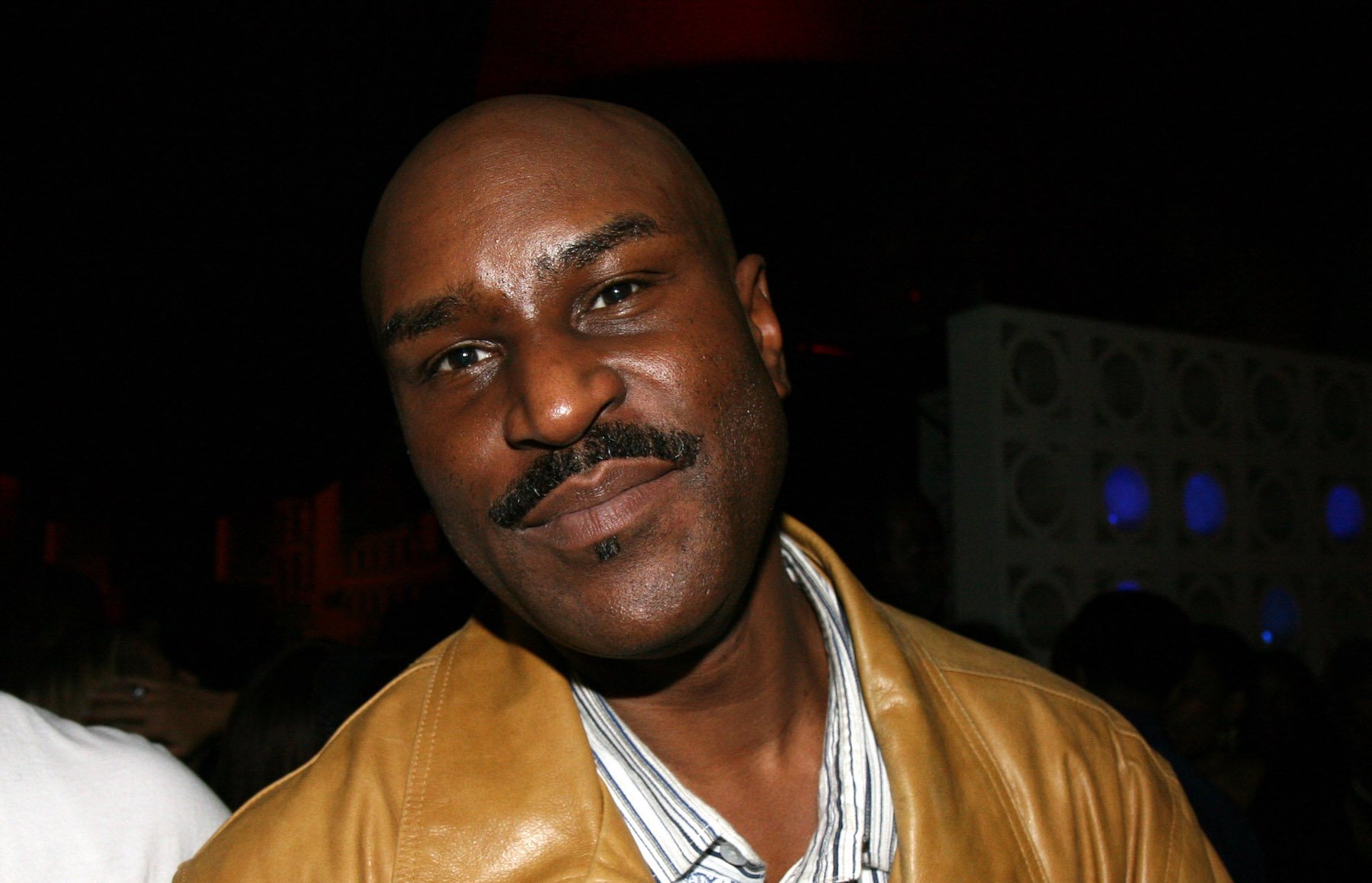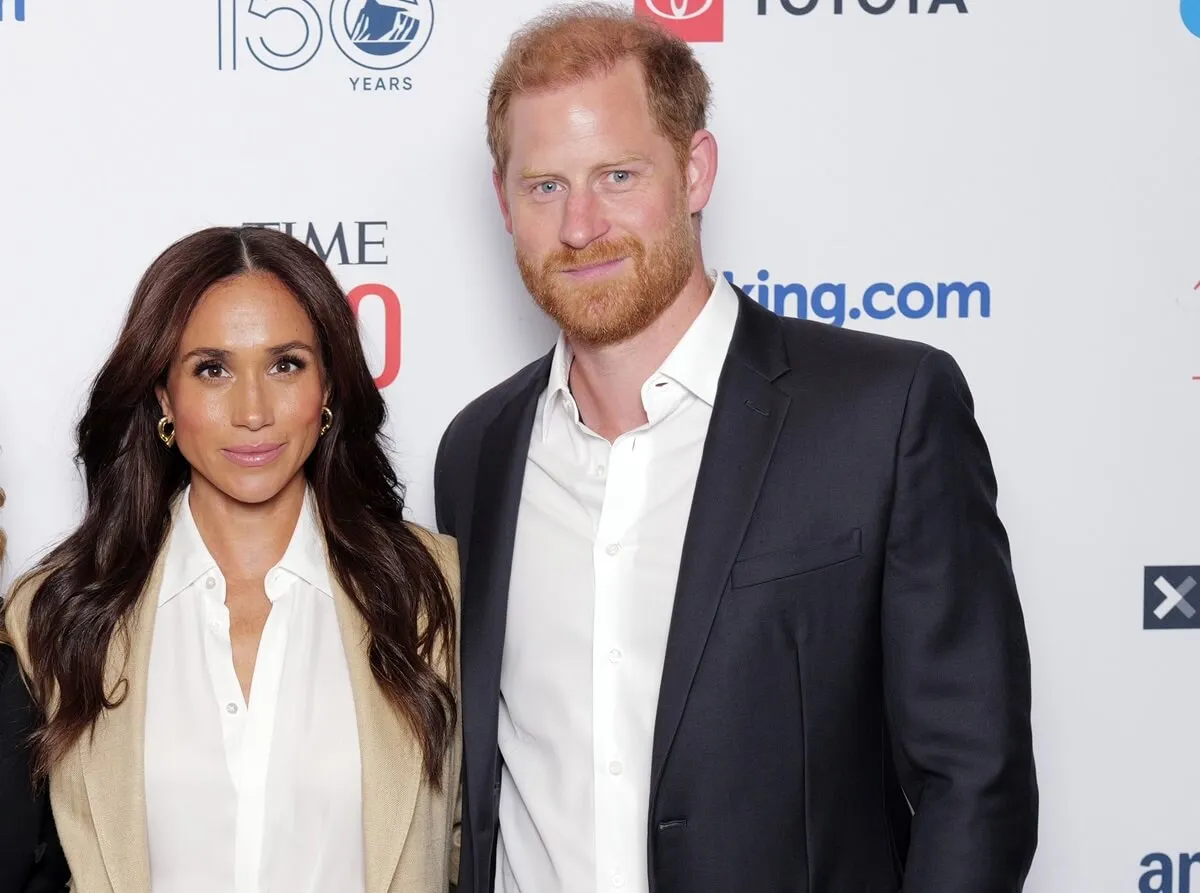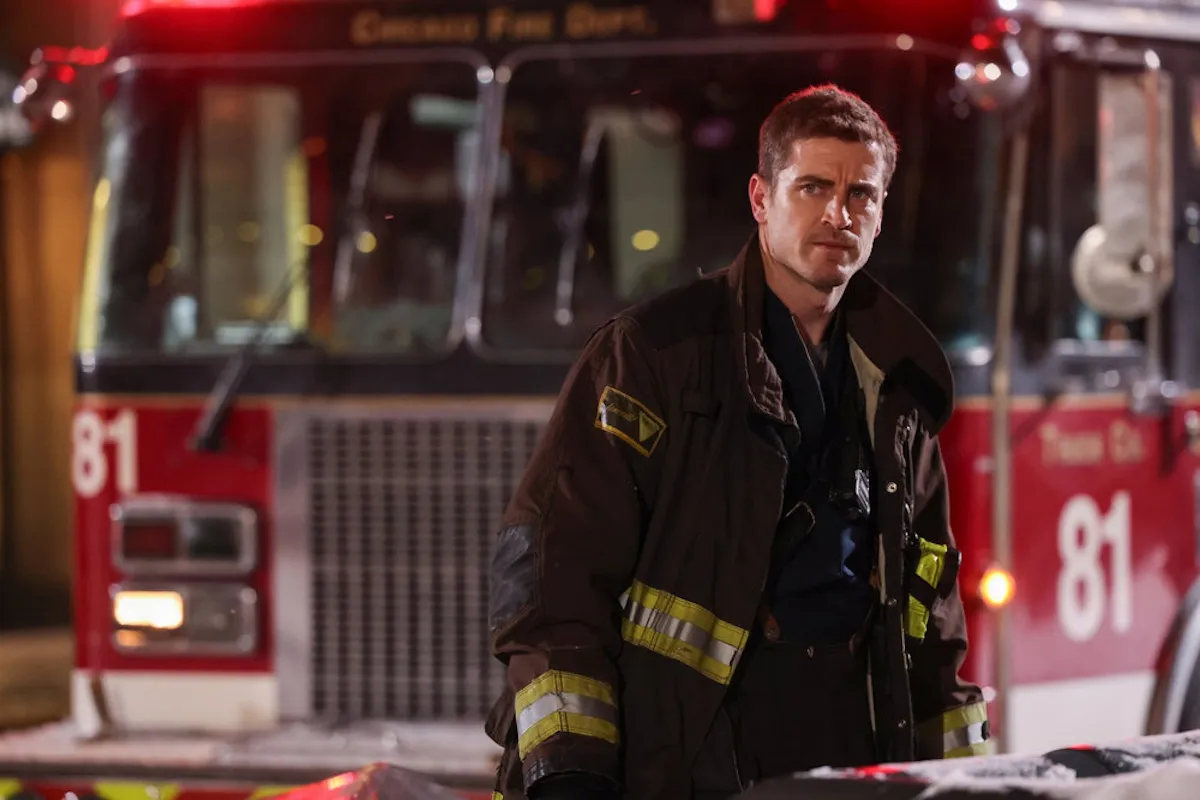
Why Easy Mo Bee Was Initially ‘Scared’ of Biggie’s ‘Going Back to Cali’: ‘Is This the Healthy Thing to Do Right Now?’
The Notorious B.I.G. was born and raised in Brooklyn, New York, but the rapper had an affinity for California and the West Coast. He maintained a friendship with Tupac Shakur for years and loved being in Los Angeles, even after Shakur’s death in 1996 when Biggie wasn’t welcome on the West Coast. Still, he decided to record the song “Going Back to Cali” — something the song’s producer Easy Mo Bee was worried about.

Easy Mo Bee produced a lot of The Notorious B.I.G.’s music
“Going Back to Cali” appeared on The Notorious B.I.G.’s second (and what would be his final) album Life After Death, released just two weeks after Biggie’s death in Los Angeles in March 1997. In a 2003 interview with XXL, Easy Mo Bee, who produced “Going Back to Cali” along with much of Biggie’s debut album Ready to Die, reflected on how he flipped a sample into an iconic track.
“I always wanted to do something with Zapp’s ‘More Bounce To The Ounce.’ I wanted LA’s attention. There was a lot of tension, East Coast/West Coast. My manager at the time was from LA. He was like, ‘Look, in LA, at the block parties and house parties, when ‘More Bounce’ came on, that was the joint that made everybody go crazy. That was always the LA anthem.” You got this East Coast/West Coast tension bulls***, and I felt that maybe through music or a beat, anything that gets everybody on one accord, or in harmony,” Mo recalled.
“I was in the car by myself, listening to the radio. I think I was listening to 98.7 Kiss and I think they threw [‘More Bounce’] on as an old joint,” he continued. “I’m riding in the car just zoning, like I never heard it before. I was talking to myself in my head, like, ‘You ain’t never did anything with that. The reason why you ain’t never used it before is because too many people already used it.’ But everybody had basically looped it. Nobody ever chopped the record up as if it was [James Brown’s] ‘Funky President.’ So I had an idea to make the drums travel the same way that the record normally goes, but have the bass line doing something totally different.”
Easy Mo Bee was ‘scared’ to release The Notorious B.I.G.’s song ‘Going Back to Cali’
Biggie laid down his verses on “Going Back to Cali” and gave the song back to Easy Mo Bee. When he heard what Biggie was rapping, he was surprised and worried at the same time.
“When they gave me back the finished song, they were like, ‘Yo, you ain’t hear that s***? Big destroyed your s***. When I heard, ‘I’m going, going/Back, back/To Cali, Cali,’ I said, ‘Awww s***, man! What y’all doing?'” Mo remembered. “I felt like, ‘Are we starting trouble here?’ Because at that time, there’s two different ways you could’ve took, ‘I’m Going Back To Cali.’ You could take it like, ‘I’m going back there to run s***,’ or you can take it like how he expressed it in the record, for the women and the weed. Basically, if you listen to the record, it’s not negative in any respect. But just the title… I ain’t gonna front, it scared me a little bit. I was like, ‘Yo, is this the healthy thing to do right now?'”
The East Coast/West Coast hip-hop feud raged through the mid-1990s and only intensified after the untimely death of Tupac Shakur in September 1996. Biggie releasing a song about California, then, would be taken as a sign of disrespect by many West Coast hip-hop fans.
“Everybody always feared when we would go to California, and have problems, and we were very conscious of it, but we were trying to make it positive,” Biggie’s friend and record executive Sean “Diddy” Combs said honestly. “That was just saying that we was going back to have a good time. He was saying he had love for Cali. Just because he had a problem with one person, he wasn’t gonna start saying he didn’t like all of California.”
Biggie was killed in Los Angeles before the album’s release
Sadly, Biggie wouldn’t live to see “Going Back to Cali”‘s release.
In March 1997, Biggie was in Los Angeles for the Soul Train Music Awards, and attended an after-party at the Petersen Automotive Museum in LA’s Miracle Mile neighborhood. He was shot and killed while leaving the event in the early morning hours of March 9, 1997.
Life After Death hit store shelves on March 25, 1997. Singles “Hypnotize” and “Mo Money Mo Problems” hit No. 1 on the Billboard Hot 100 chart, and the album has since been certified 11-times platinum.


